How ULT Freezers Protect Critical Samples In Biological Banks
Collecting and preserving biological samples for future examination and analysis is fundamental for pharmaceutical and biological research.
Posts about:
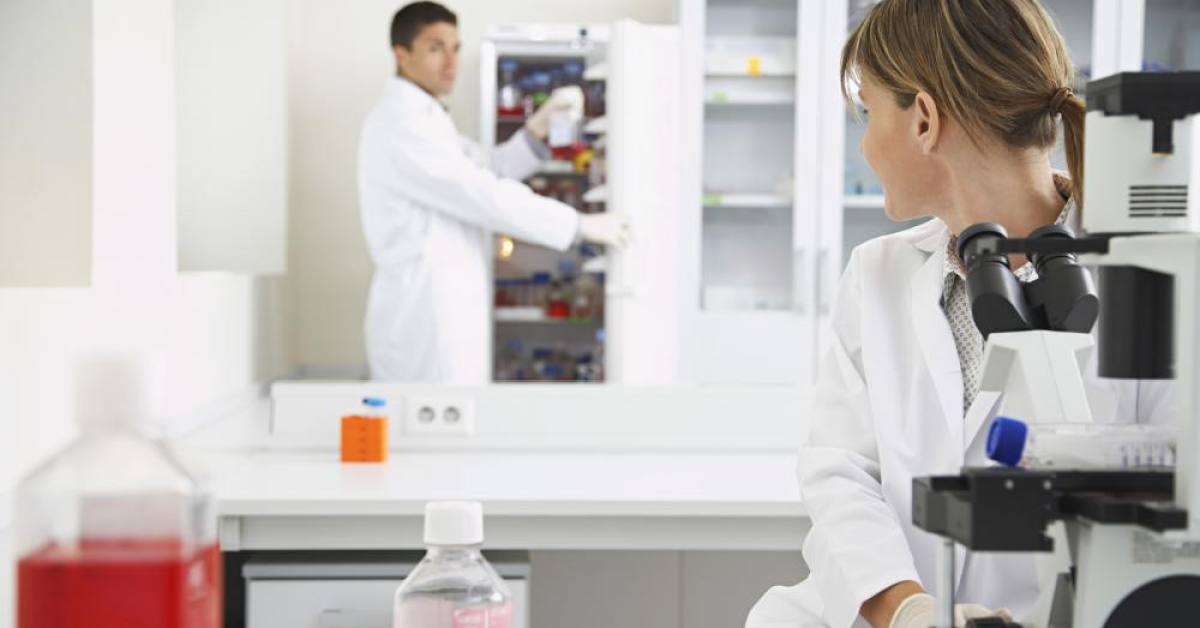
Collecting and preserving biological samples for future examination and analysis is fundamental for pharmaceutical and biological research.
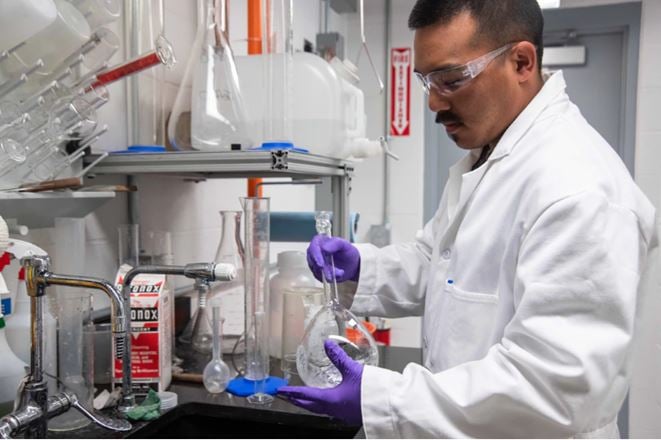
Ultra low temperature (ULT) freezers are essential to any medical facility or lab environment. They play a crucial role in preserving temperature-sensitive biological samples.
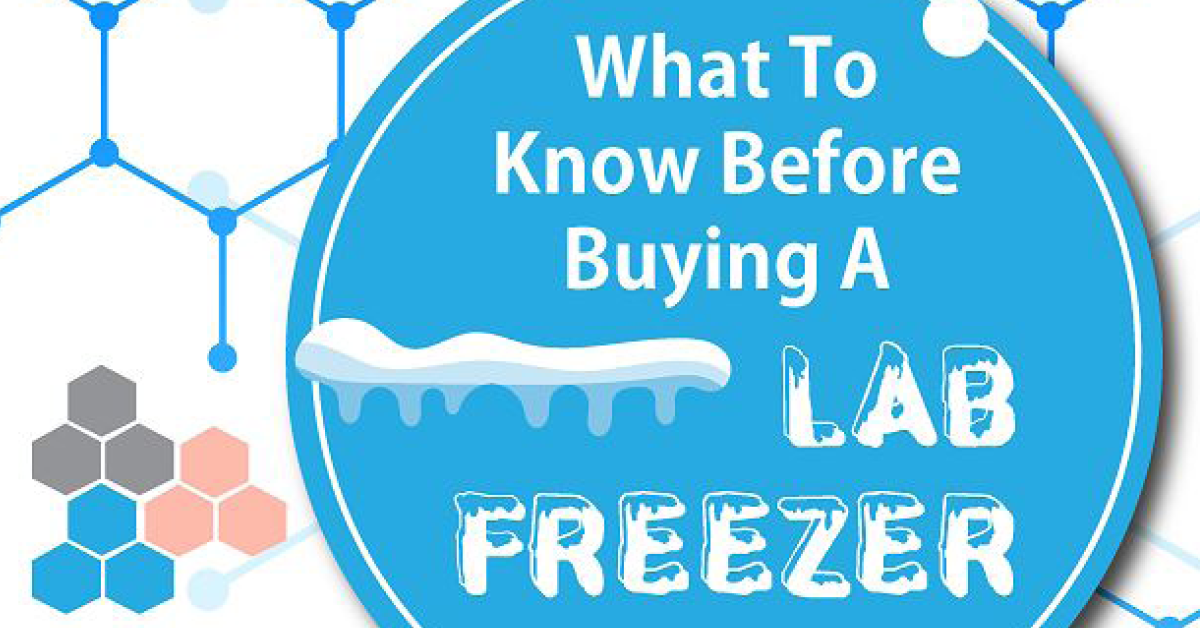
Here’s what you need to know before buying a lab freezer:
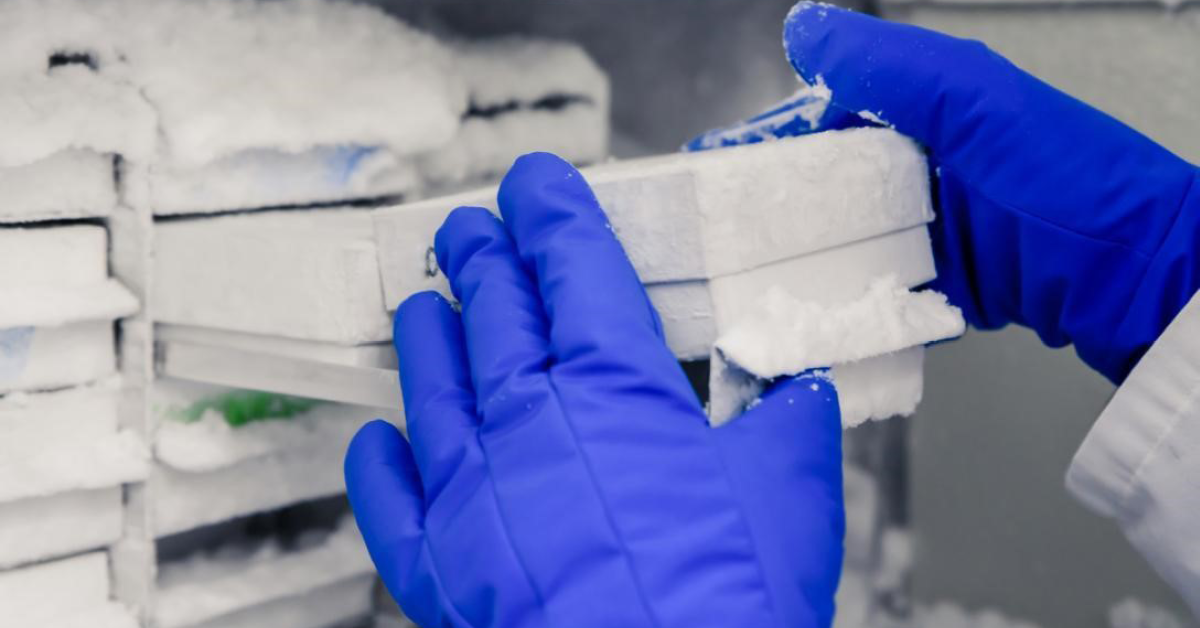
Ultra-low temperature freezers typically operate within the -60°C to -86°C range. These are used in medical facilities to store biological samples like plasma, blood, enzymes, or organ tissues.
As with any critical piece of lab equipment, lack of maintenance can lead to sub-optimal ULT freezer performance—this is detrimental to the samples stored in the freezer.
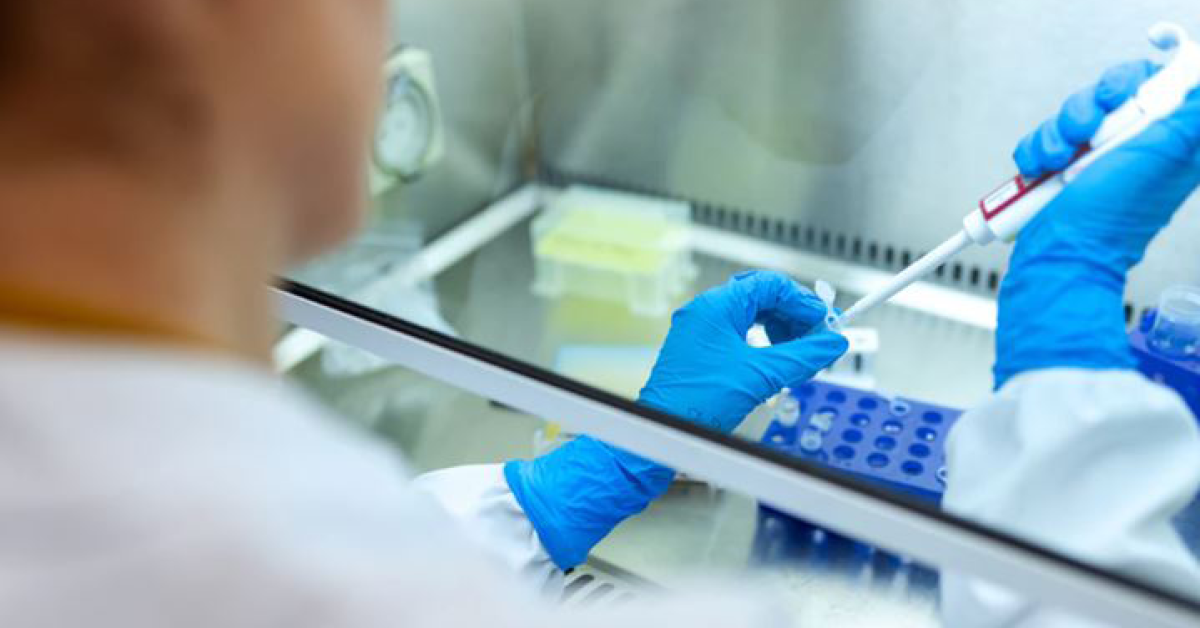
Vaccine, drug, tissue, serum, and other biological sample preservation requires biopharmaceutical refrigerators with precise temperature and humidity control.

The global biomedical refrigerators and freezers market is predicted to amount to nearly 5 billion USD by 2026.
The reason why the pharma cold chain is a billion-dollar industry is simple: pharmaceutical and healthcare industries are required to deliver high-quality products. For that, they need state-of-the-art cold storage solutions to preserve biological samples and maintain their intended efficacy.